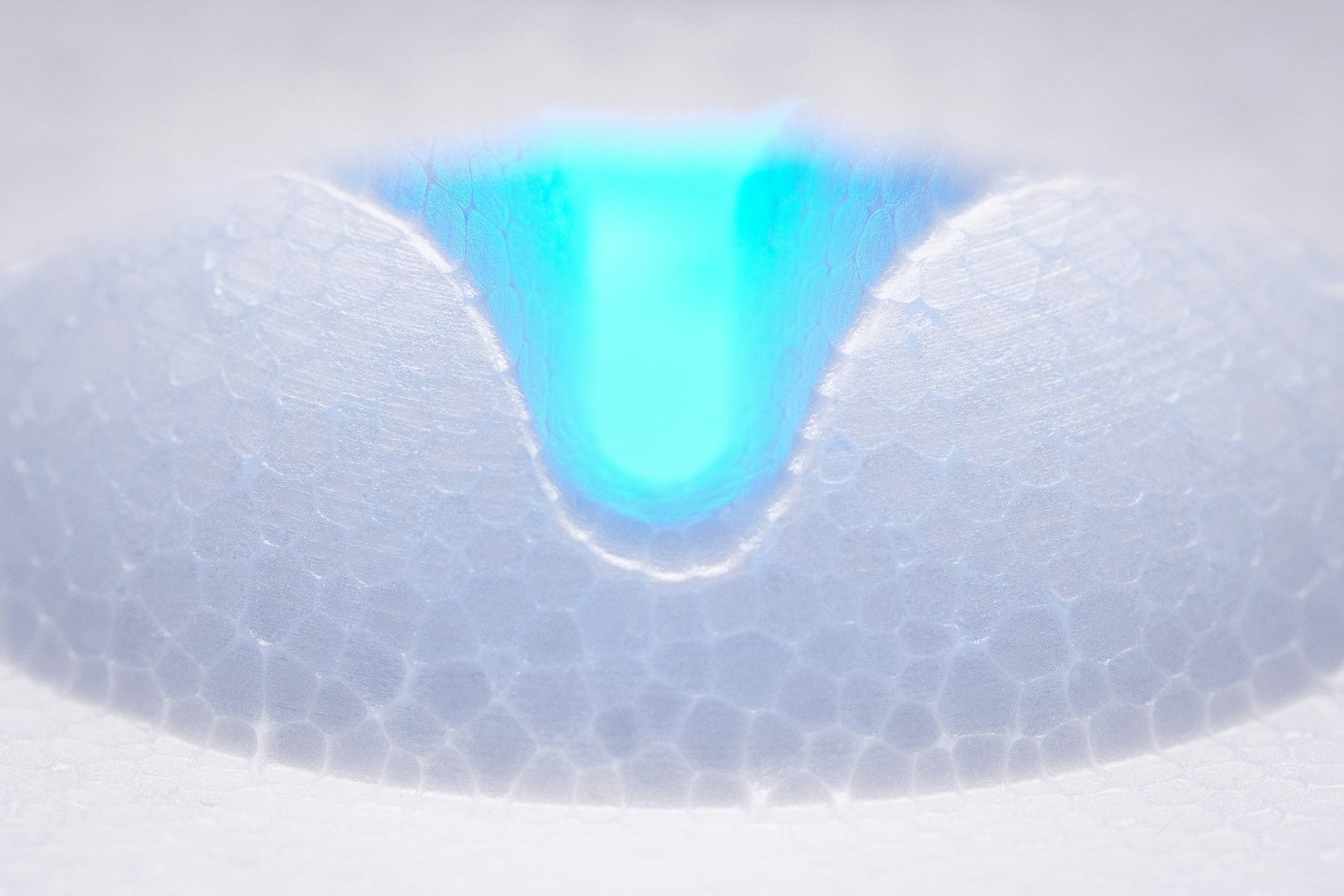The increasing plastic waste problem exceeds the ability of current recycling methods to process complex polymers at high efficiency rates. Researchers at Princeton University‘s Stache Lab discovered unexpected capabilities within the standard plastic component; carbon black pigment, that might enhance recycling efforts. The research changes current understanding of plastic disposal because it enables direct methods for breaking down hard-to-recycle materials.
Black plastics containing the pigment carbon black demonstrate a light-induced property that allows depolymerisation processes to occur. Laboratory assessments showed carbon black possesses photothermal conversion capabilities allowing it to absorb multiple wavelength lights which generates heat that deconstructs plastic substances.
Scientists presented this research in ACS Central Science alongside Journal of the American Chemical Society (reference below) to demonstrate how their technique successfully takes apart tough-to-recycle plastics such as polystyrene and polyvinyl chloride (PVC).
Jiang, H., Medina, E. A., & Stache, E. E. (2025). Upcycling Poly(vinyl chloride) and Polystyrene Plastics Using Photothermal Conversion. Journal of the American Chemical Society, 147(3), 2822–2828. https://doi.org/10.1021/jacs.4c16145
“The surprising thing, especially with the black polystyrene depolymerisation, is that they’ve been manufacturing these materials for decades and it seems no one recognised that this was possible,”
said Assistant Professor of Chemistry Erin Stache. She continued to say:
“Under ambient sunlight, the energy is not sufficient to break down these polymers. But if you increase the light intensity enough, then you start seeing the depolymerisation.
“We can certainly change our habits to help alleviate the amount of plastic we use. But we’re not going to get rid of our dependence on plastic. So can we think of it instead as a resource? Can we turn it into other commodity chemicals that we have to make anyway? We have found that we can.”
The process entails focusing light, such as from a Fresnel lens, is directed at plastics containing carbon black. This results in rapid degradation without requiring additional catalysts or solvents. In the case of polystyrene, the technique was able to recover up to 80% of the original monomer in just five minutes.
“I think this marriage between photothermal and depolymerization strategies is really groundbreaking. Black colored plastic accounts for ~15% of all plastics, and we found that 10-weight percent of black polystyrene in plastic mixture is enough to give good yield,”
stated Hanning Jiang, co-first author on the paper.
The team also adapted their method for PVC, a material notorious for its recycling difficulties due to the release of hydrochloric acid (HCl) during degradation. To address this, the researchers introduced an HCl acceptor that reacts with the acid to form a new, usable chemical product called an adduct. This approach not only reduces the hazards associated with PVC recycling but also transforms a problematic byproduct into a valuable resource. Stache stated:
“So you can basically access a new commodity chemical from the process. We take advantage of what is normally a bad process—the HCl—and add it to another commodity chemical, and then we get a new product.”

Hassan graduated with a Master’s degree in Chemical Engineering from the University of Chester (UK). He currently works as a design engineering consultant for one of the largest engineering firms in the world along with being an associate member of the Institute of Chemical Engineers (IChemE).



